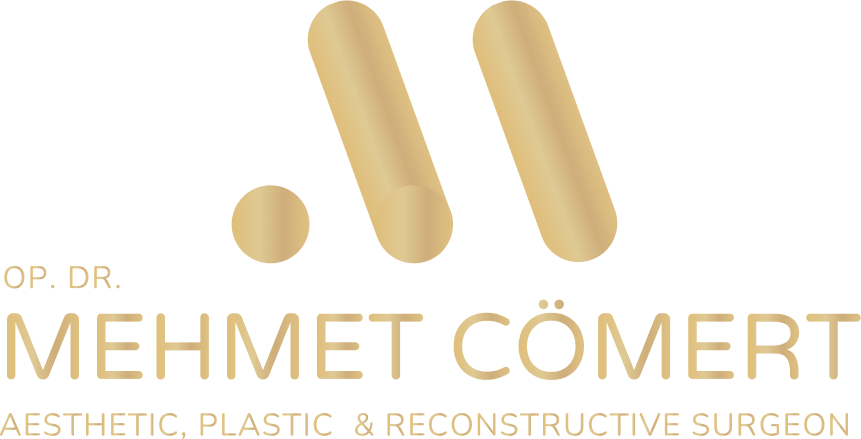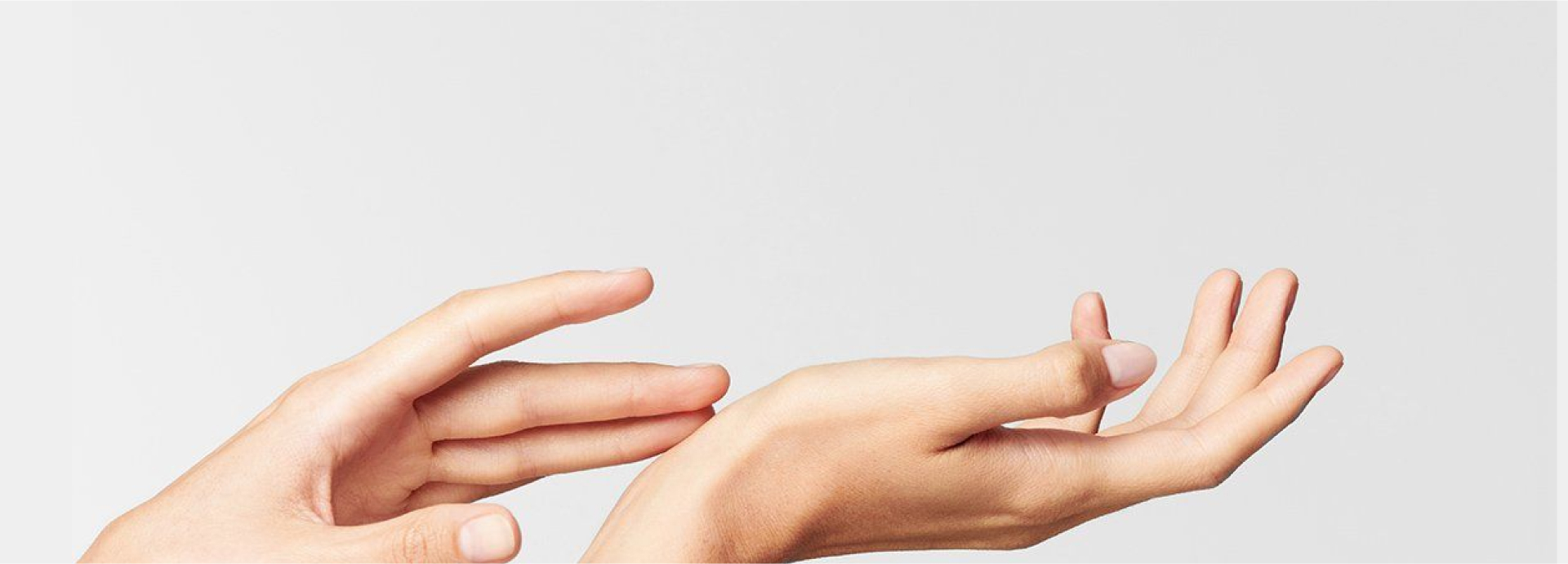

Rhinoplasty is a surgical procedure that is performed to reshape the nose for either cosmetic or functional purposes. It is also commonly referred to as a "nose job". Rhinoplasty can be used to correct a variety of issues, such as a hump or bump on the bridge of the nose, a crooked or asymmetrical nose, a bulbous tip, or a deviated septum that can cause breathing difficulties.
There are two main types of rhinoplasty surgeries: open rhinoplasty and closed rhinoplasty.
- Open rhinoplasty: This technique involves making an incision on the columella, which is the strip of tissue between the nostrils. This allows the surgeon to lift the skin and soft tissue off the underlying structures of the nose, providing a better view of the nasal framework. Open rhinoplasty is typically used for more complex cases or when significant reshaping of the nasal tip is needed.
- Closed rhinoplasty: This technique involves making incisions inside the nostrils, which provides access to the underlying nasal structures. This technique is typically used for less complex cases or when only minor adjustments are needed.
In addition to these two main techniques, there are several other types of rhinoplasty surgeries that may be used depending on the patient's specific needs and goals. These may include:
- Reduction rhinoplasty: This type is used to reduce the size of the nose or to remove a hump on the bridge of the nose.
- Augmentation rhinoplasty: This type involves using cartilage grafts or synthetic materials to build up the nose and improve its shape.
- Post-traumatic rhinoplasty: This type is used to repair damage to the nose caused by trauma, such as a broken nose.
- Ethnic rhinoplasty: This type is used to improve the appearance of the nose while maintaining the patient's ethnic identity.
- Tip rhinoplasty: - This type is used to refine or reshape the tip of the nose, which is a common area of concern for many patients.
- Septoplasty: This is a functional rhinoplasty that is used to correct a deviated septum, which can cause breathing difficulties.
- Alar base reduction: This type is used to reduce the size of the nostrils and improve the overall balance and proportion of the nose.
- Nasal implant rhinoplasty: This type is used to change the shape of the nose using an implant, which is typically made of silicone or Gore-Tex material.
- Revision rhinoplasty: This type is used to correct or improve the results of a previous rhinoplasty surgery.
Overall, rhinoplasty is a highly individualized procedure that should be tailored to each patient's specific needs and goals. It's important to book an online or face-to-face consultation to determine the best approach for your individual case, and to discuss the potential risks and benefits of the procedure.


